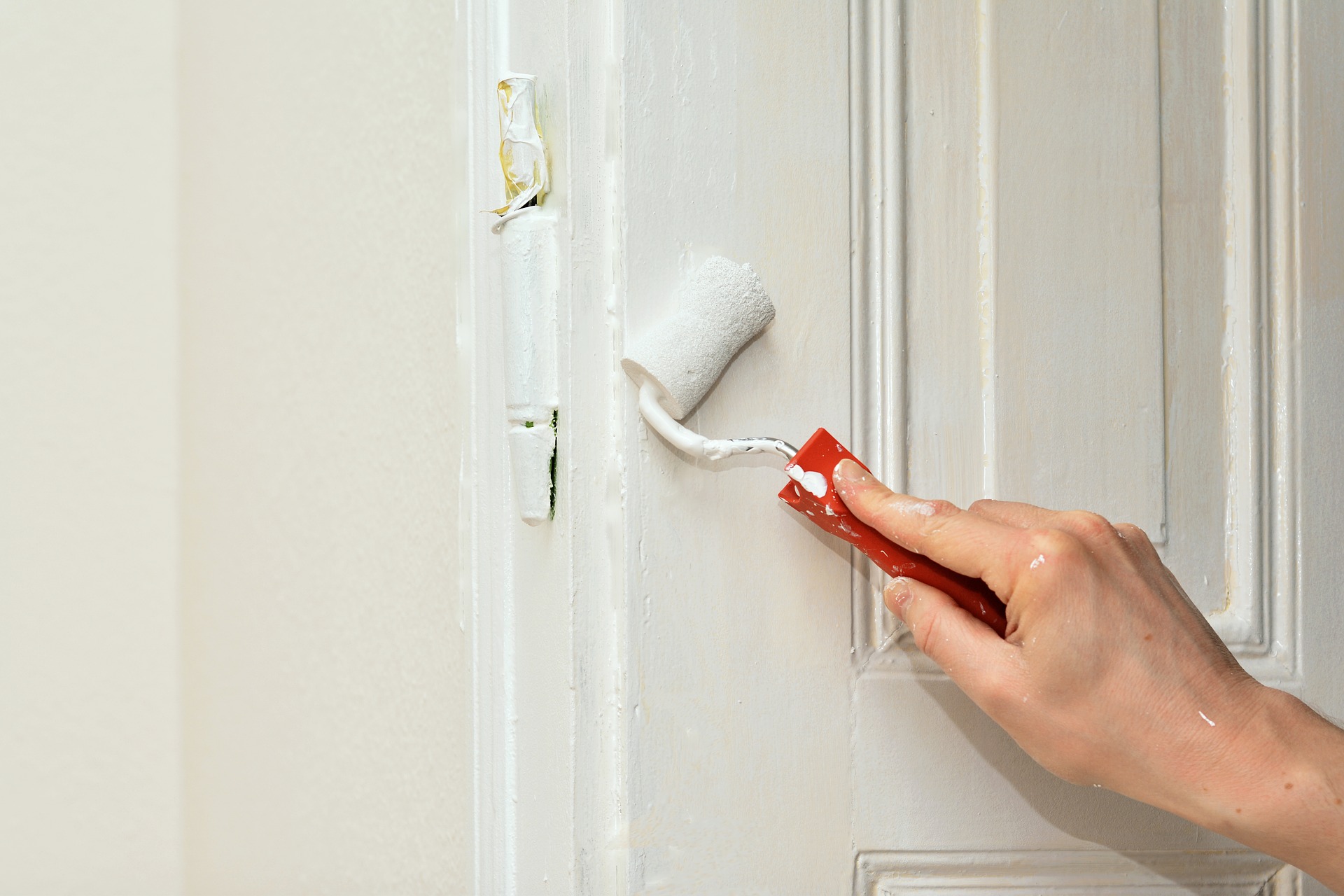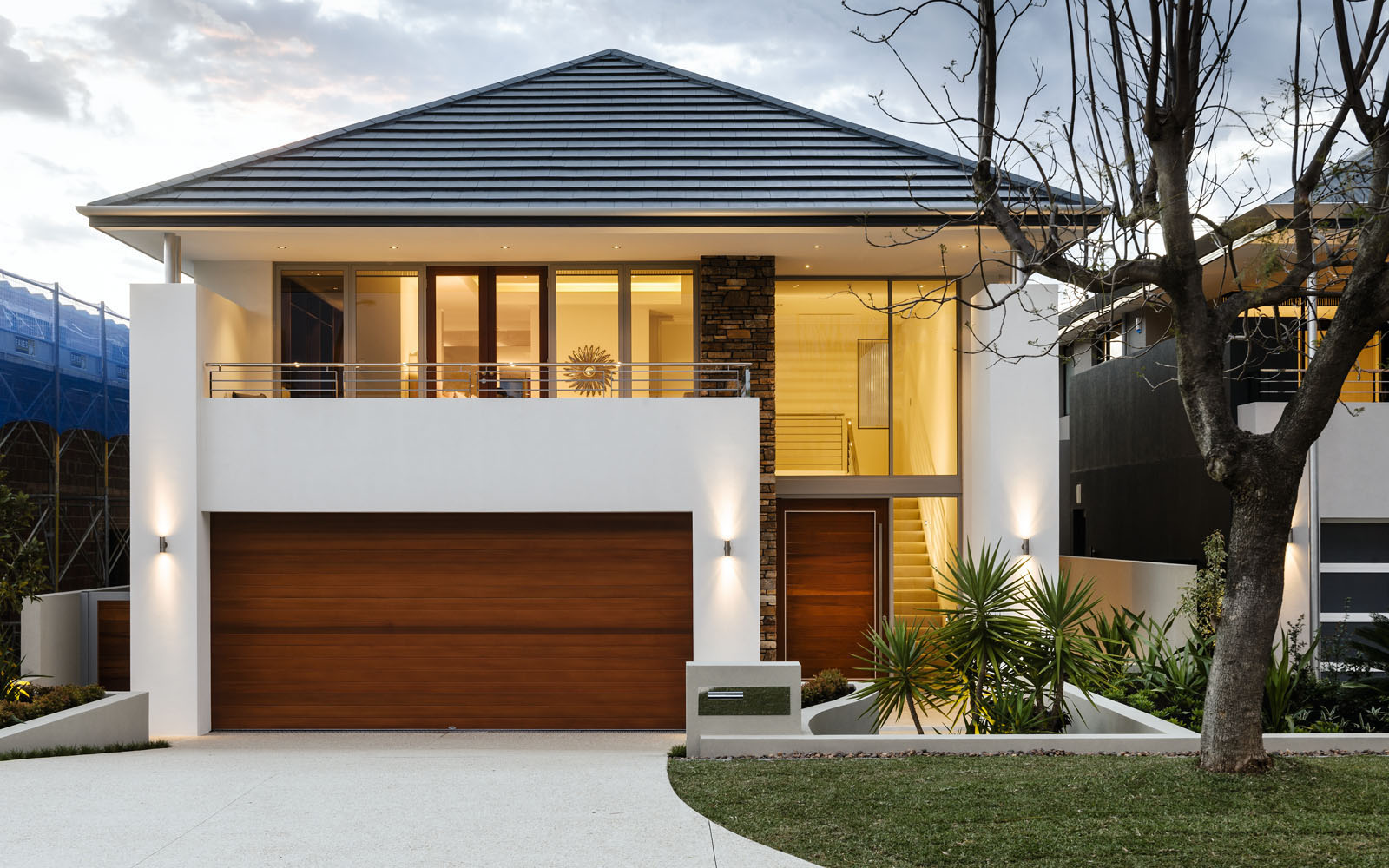This website uses cookies so that we can provide you with the best user experience possible. Cookie information is stored in your browser and performs functions such as recognising you when you return to our website and helping our team to understand which sections of the website you find most interesting and useful.
How to Renovate Your Home for Profit

Renovating for profit has become big business in the Australian property market.
What was once reserved for property developers, professional tradespeople and the lucky few gifted with an eye for detail, has become a money maker for those fortunate to be in the market.
First home buyers and ‘mum and dad investors’ discovered the thrill of ‘flipping houses’ through television programs like The Block, which made renovating for profit seem simple.
The rising trend resulted in a massive increase in home renovations across Australia, rising by 147% from 2010 to 2014.
The House Industry Association (HIA) reported home renovations totalled $33.6 billion in Australia in 2017, and that figure is predicted to grow to above $35.5 billion by 2021.
Some people are certainly living the dream, like Australia’s own ‘Renovation Queen’ Cherie Barber.

Dubbed Australia’s Number 1 renovation educator, Cherie has 27 years of profitable renovation experience, and 112 projects under her belt.
Although Cherie is known for turning record-breaking profits in just a matter of days, she has confessed to a love-hate relationship with television renovation programs.
In a 2017 interview, she told the Eastern Reporter that today’s homeowners make the mistake of doing too much DIY, recommending 90 per cent of the work should be outsourced to licensed tradespeople for the best results.
But many experts warn fast renovations don’t always equal fast profits.
Respected property investment writer Michael Yardney says renovation flips often flop for many reasons.
He says buying low and selling high after a quick, cheap renovation is a ‘speculative strategy’ which often doesn’t work due to transaction and holding costs, tax, unrealistic expectations, and a fickle property market.
Instead, he recommends a long-term investment strategy to buy, renovate and hold.
“I enjoy taking a dwelling that’s been a bit neglected and breathing new life into it, making it into a home my tenants will love and want to care for and more importantly, it’s a great way of manufacturing equity for my property investment portfolio,” Michael Yardney writes on his website PropertyUpdate.com.au.
Michael says this slow-growth approach allows homeowners to make thousands of dollars in equity and fast-track capital growth, while increasing rental yields, and gaining tax benefits through depreciation.
So what are the secrets of the successful house flippers renovating for profit?
And how can their tips be applied to your own renovations?
Maybe you’re renovating or building a home to live in, but hope to sell for a profit some time in the future?
We’ve compiled the top three suggestions from respected industry experts on just some considerations when renovating for profit.
The information provided is of a general nature only and does not take into account your individual circumstances. You should consider seeking independent trades, financial, legal, taxation and other relevant professional advice specific to your needs.
Longer lasting equals lower cost
There can be a strong temptation to choose the cheapest option, particularly when renovating a home purely for profit.
But smart buyers, or their conveyancing teams, will easily spot the difference between a quality build, and a cheap fix-up job.
If you’re planning to live in the home, or rent it out as an investment property, choosing materials that will withstand the test of time should be a priority.
While this approach might cost more initially, it’s likely to save money in the long-run by avoiding costly call-out fees, repairs or premature replacement.
Avoid temporary touch ups
A lot of renovators admit to ‘settling’ with a temporary renovation option, despite grand plans for something very different down the track.
The old saying of ‘do it right the first time’ can certainly be applied here.
While you have to take into consideration your own budget and financial situation, choosing a temporary touch-up that requires ongoing maintenance could end up costing a lot more than making a solid long term investment from the beginning.
Even luxurious finishes like polished concrete floors can be more affordable than you realise.
Don’t neglect the outside

The majority of any home renovation budget is often spent on the kitchen and bathroom.
Sometimes, over-spending in these areas means little to no money remains for outside renovations, so it goes unfinished for years, or the property goes on the market with no landscaping at all.
If that’s you, then you could be selling yourself short.
Did you know property valuers can determine the price range of your home before they walk through the door.
And potential home buyers will usually make a decision about whether or not to pursue a property within the first 10 seconds based on kerbside appeal alone.
Buyers also look favourably on finished renovations, and statistics show a finished driveway can earn up to 75% ROI.
For more information and inspiration for your home renovations in relation to your Geostone concrete needs, visit the Geostone blog or contact us today.
Subscribe to the Geostone Newsletter
Stay inspired with the latest Geostone news and articles
Other articles you might like







































